DIY music marketing: Budget-friendly tips for artists
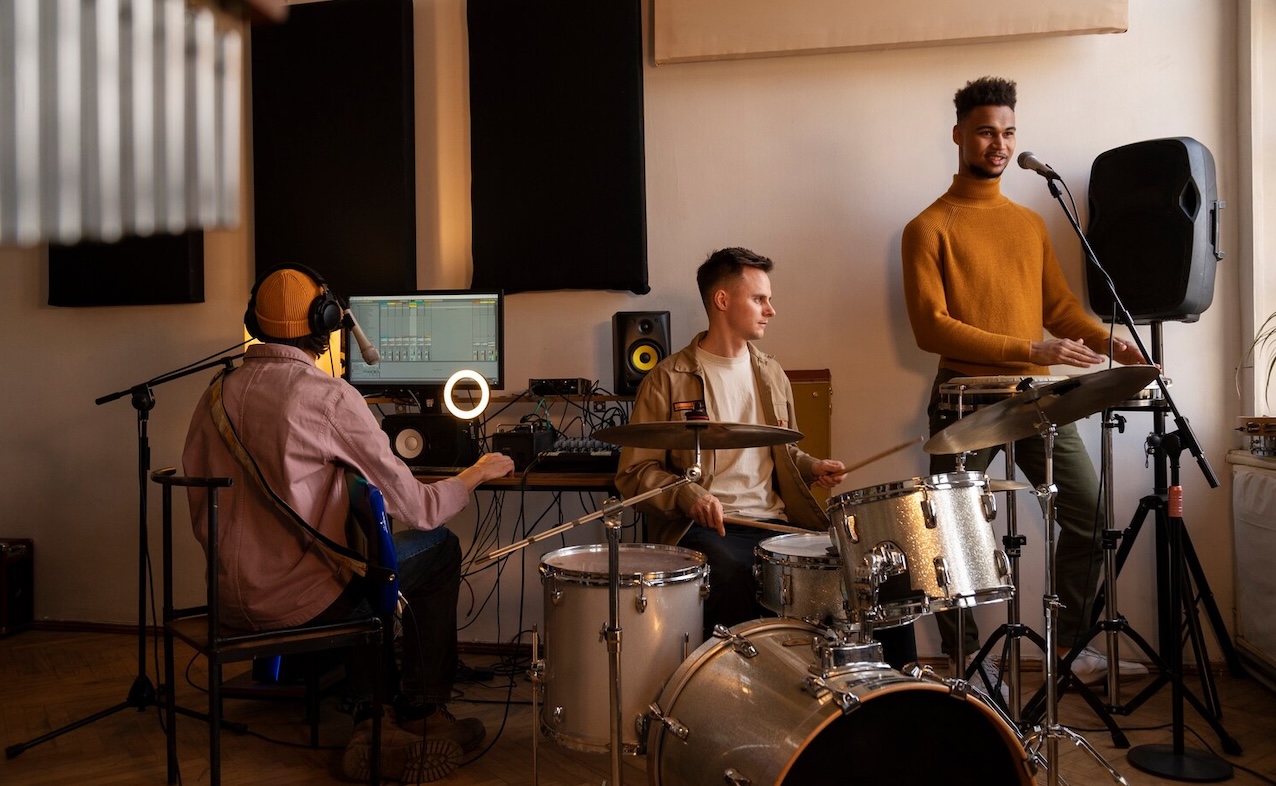
In today’s music industry, independent artists are faced with the daunting task of standing out in a crowded marketplace. With traditional record labels gone and digital platforms on the rise, the burden of promotion now lies squarely on the shoulders of the artists themselves. This has made DIY music marketing not just an option but a necessity for artists looking to build their brand and increase their audience base.
It is crucial to grasp the importance of marketing as an independent artist. Creativity and talent are wonderful, but being well-marketed can be what makes the difference in picking up more streams, selling more tickets, and thus enjoying a stable music career. Being able to market oneself effectively can lead to more streams, ticket sales, and ultimately a successful music career.
With the appropriate attitude and resources, independent musicians are able to thrive in a contemporary competitive music environment.
Using social media
Social media currently serves as an essential tool for independent artists to establish and sustain their brand. With millions of users across various platforms, it provides an excellent opportunity for engagement with fans, marketing of music, and development of a dedicated following without the need for excessive spending. To maximise the benefits of social media, adopting a strategic mindset that aligns with one’s music style and audience is crucial. Consistency in posting, interaction with followers, and utilsation of trending content can significantly enhance visibility. Additionally, combining organic promotion with methods such as buying Spotify streams can assist artists in gaining initial traction and improving their chances of being featured on playlists.
A. Choosing the right platforms for the music genre
Not all social media platforms are created equal, and it is essential to select those that are most appropriate for a music genre and audience. For instance, for visual artists or music with a significant connection to visuals, platforms like Instagram and TikTok may prove more beneficial as they focus more on visual content. Conversely, for music that is narrative or lyric-based, platforms like Facebook or Twitter can facilitate more interaction through written updates and conversation. Identifying where potential listeners congregate and tailoring presence accordingly is crucial.
B. Developing interesting content to gain followers
After selecting platforms, developing interesting content that the audience can relate to is essential. This may include behind-the-scenes footage, previews of upcoming music, or even personal anecdotes that offer insights into the creative process. Quality images and interesting videos can elevate posts, making them more shareable and likely to attract new followers. Maintaining a persistent voice and aesthetic throughout the content is crucial as it helps to establish brand identity.
C. Utilise live streams and Q&A’s to connect with fans
n an increasingly digital world, live streams and Q&A sessions offer a fantastic way to form real connections with fans. Platforms like Instagram Live, Facebook Live, and YouTube Live provide an avenue to perform, share new music, or simply chat with an audience in real time. This direct interaction not only helps to humanise a brand but also creates a sense of community among followers.
In these sessions, one can expect to field questions regarding music, tell stories, and even accept song requests. Connecting with an audience on a real level can build loyalty and encourage fans to share the work with their networks, spreading the reach even more.
Building an email list
A. Direct fan communication value
With the music world shifting at lightning-fast speed, being in control of one’s own channels of communication is crucial. An individual can be cut off by their social media platform limiting access based on algorithm changes, but an email list provides the power to speak directly to fans. This one-on-one line of communication builds community and enables the sending of essential updates, such as new releases, live performances, and exclusive content, ensuring the most engaged fans are always in the loop and active. Prioritising email marketing helps in establishing lasting relationships with fans and having them invested in the creative journey.
B. Strategies for collecting email addresses effectively
Building a healthy email list takes time, but through the right strategies, there can be explosive growth over time. It starts by creating great offers for fans to sign up to the list. This could be offering special discounts, pre-sale tickets, or member content. Promoting these offers on social media platforms, websites, and at live events helps to spread the word.
Utilising sign-up forms on websites and social media pages, ensuring they are easily accessible, is crucial. Considering the use of tools like pop-up forms or embedded sign-up boxes to capture visitors’ attention is beneficial. It’s important to keep the sign-up process simple; the fewer clicks it takes, the higher the likelihood that fans will complete the form.
C. Crafting compelling newsletters to keep fans engaged
Once email addresses have been gathered, the next step is to keep individuals interested with well-written newsletters. Communications should reflect the unique voice and tone of the artist and provide value to subscribers. Consider sharing behind-the-scenes pictures and videos, personal anecdotes, news on art-making processes, and exclusive offers for music or products.
Aiming for a predictable schedule – whether monthly, bi-weekly, or quarterly – helps fans know when to expect newsletters. However, it’s important to always prioritise quality over quantity; crafting each newsletter thoroughly and making them beautiful is crucial. Personalising greetings by addressing subscribers by their names and modifying content when relevant to their interests or history can make a significant difference.
Encouraging feedback by allowing fans to respond to messages, and considering the insertion of questions or polls to facilitate two-way communication is beneficial. This not only aids in better understanding the audience but also helps in creating a stronger bond between them and the artist.
Collaborating with other artists
A. Finding artists with similar audiences to work with
Collaboration serves as an extremely handy tool in the DIY music promotion arsenal. By partnering with artists of a similar following, exposure and reach are significantly amplified. The process begins by seeking out musicians within one’s genre or style that would blend well together. It is advisable to look for local acts, emerging artists, or even artists with a small following base who would be open to a collaboration. Instagram, TikTok, and SoundCloud are identified as platforms where potential collaborators might be found. Engaging with their work, viewing their performances, and connecting with a genuine proposal of partnership are recommended steps. It is important to aim for a win-win approach where both entertainers can benefit from shared assets, knowledge, and fan networks.
B. Co-hosting events or online shows
Once a partnership is established, consider co-hosting events or online performances. Live concerts or virtual concerts can attract fans from both sides, increasing exposure and hype surrounding the music. Partnering on staging a themed show showcases the best of both artists while giving fans a night to remember. For concerts held online, utilising sites like Instagram Live, Facebook Live, or Twitch can reach more people and generate fan interaction. Promoting the show on the social networking platforms of both artists is a strategy to make it well-attended and interactive. Such live performances can even bring about a sense of belonging among the audience by enhancing loyalty towards the artists.
C. Cross-promoting each other’s work on social media
Cross-promotion serves as a potent tool for sharing music with new audiences while simultaneously supporting collaborating partners. Promoting their music, videos, and tour dates for upcoming concerts through social networks is beneficial. Sharing engaging content that markets the collaboration, such as behind-the-scenes images or promotional videos, is recommended. Tagging one another on posts and stories enables followers to discover each other’s content.
Conclusion and next steps
In order to continue development in DIY music marketing, it may be of interest to explore further resources. Many online courses, webinars, and articles delve into greater detail on specific techniques and instruments. Sites such as Music Marketing Manifesto and the DIY Musician Podcast offer valuable information and tips specifically for independent artists. Moreover, participation in online forums and communities can provide advice and encouragement from other musicians on similar journeys. Leveraging these tools is crucial, and it’s important to remember that establishing a brand is a continuous process – maintaining inquisitiveness, flexibility, and forward momentum is essential.
The editorial unit

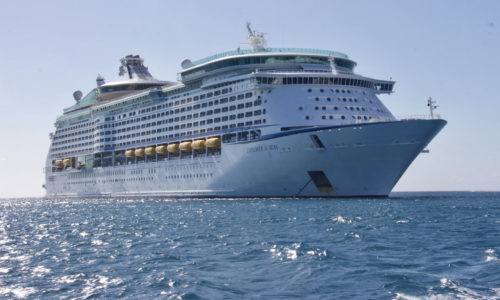
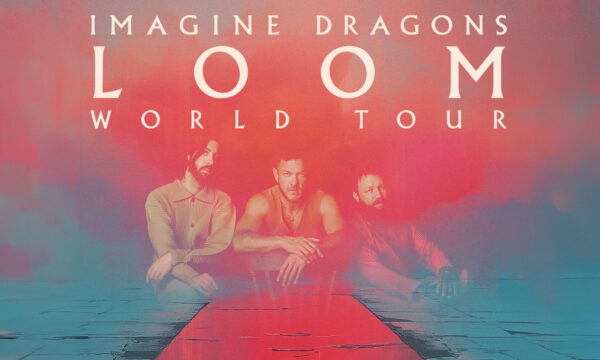

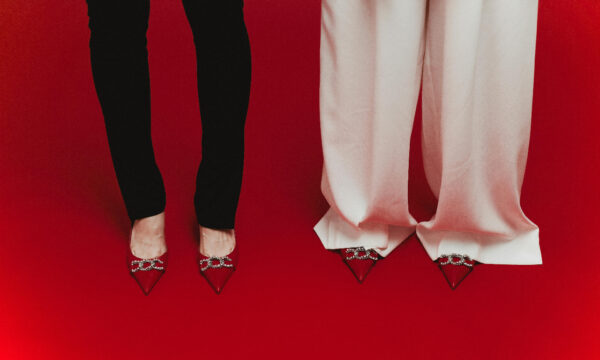

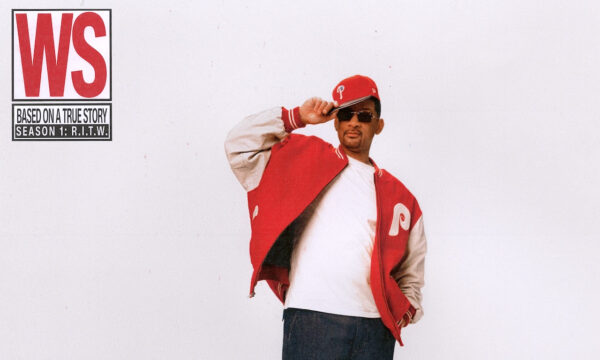


















Facebook
Twitter
Instagram
YouTube
RSS